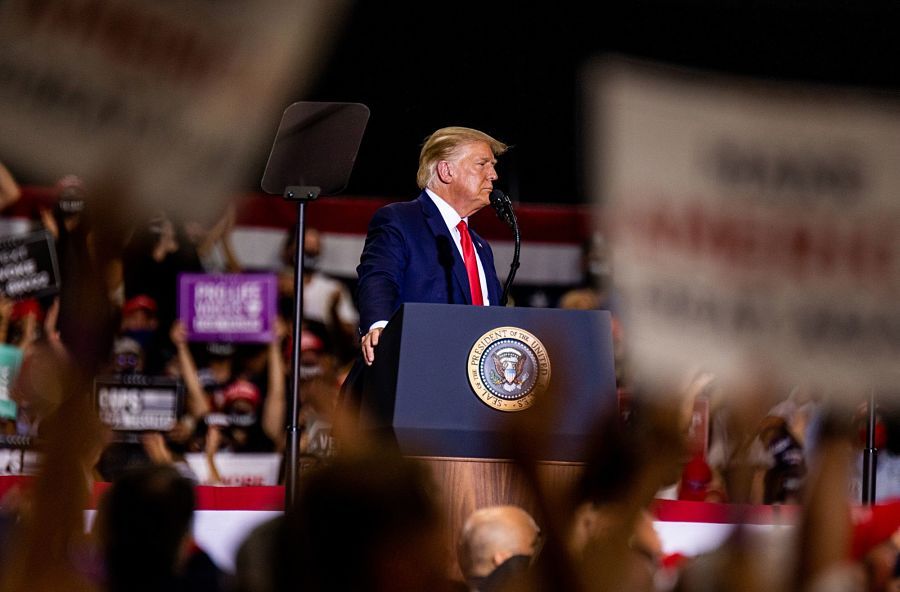Neil Hennessy: Active managers can grow their assets with acquisitions
Make an acquisition the same way that you'd buy a stock.
Neil Hennessy is founder and chief investment officer of Hennessey Advisors Inc., a $6.6 billion publicly traded investment management company that offers 14 mutual funds to the public. Mr. Hennessy, who started his career as a PaineWebber broker 1981, named the company after his father, Edward J. Hennessy, who had also been a stockbroker. Senior columnist John Waggoner spoke with Mr. Hennessy about the market for mutual funds — and the pressures on the industry as money flows out of actively managed funds and into passive funds.
John Waggoner: What’s it like for a small fund company that believes in active management?
Neil Hennessy: Everyone is going toward passive. If you look at small companies like ourselves, we’re still seeing net redemptions. If you’re going to grow, the way to do it is through acquisitions. We’ve made nine acquisitions since 2000.
JW: What are some of the obstacles to buying other fund companies?
NH: A lot of funds have waived fees for two years — they are either trying to keep existing shareholders or attract new ones. If you buy them, you have to keep that waiver. Actually, a 1.25% expense ratio all-in isn’t expensive. People think that’s what the manager is getting — typically, the management fee is between 0.40% and 0.90%.
JW: What do you look for in an acquisition?
NH: My criteria is for equity only, domestic or international. Buying into the fixed-income market now would be crazy because rates are going up. On the equity side, I’m interested if the market looks good and it has a high-quality subadviser. And you have three options when you buy: You can merge them into existing funds, acquire the assets and keep the current management as subadvisers, or acquire the assets and create another strategy on the sidelines. I usually tell the managers not to worry about beating the indexes. I don’t want them overreaching. I want them to make money for shareholders.
JW: Any other criteria?
NH: Returns are one part, but there has to be a story behind what you’re doing. It’s no different than buying individual stocks. I bought two financial funds, and while banks were under the thumb of the Federal Reserve, they couldn’t make money. Now interest spreads are getting better. People wanted to know why we bought the Gas Utility Fund (GASFX), which invests in just the pipeline stocks. But natural gas is the cleanest fuel we have, and we have an abundance of it.
JW: What about Hennessy Advisors? Might that be for sale?
NH: You have to look at shareholders first, and in this marketplace, you can either be a buyer or a seller. We haven’t been approached. If someone comes in with an offer, we’d have to look at what’s best for our shareholders. If a bid came in, I’d have to take it to the board. I want people to make money. It would have to be accretive for everybody.
(More: Loomis Sayles’ star bond manager talks about rising rates and trade wars)
Learn more about reprints and licensing for this article.








